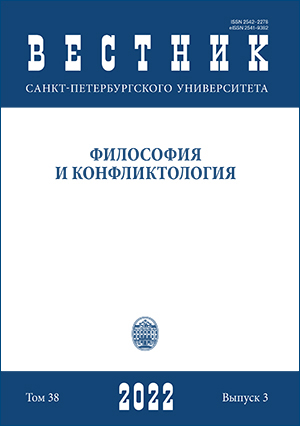Risk-reflections design factors: Conflict lines of cleavages
DOI:
https://doi.org/10.21638/spbu17.2022.310Abstract
The article examines the problem of risk reflections design based on the interpretation of risks and threats as a way of social order legitimization. Authors analyze the “cleavage” nature (in the terminology of Lipset — Rokkan approach) of the consequences of these designing. Using Paul Slovic “psychometric paradigm”, theory of “sociocultural viability” by Aaron Wildavsky and Karl Dake, Paul Schoemaker expected utility model, prospect theory by Amos Tversky and Daniel Kahneman, Vincent Covello “mental noise” approach and Mary Douglas works on main risk cultural types, the authors suggest that, despite their heuristic capacity all these approaches, modeling of probable risk reflections is impossible without examination of the current political agenda, formal and informal practices of interpreting dangers and threats in public political discourse, as well as political goal-setting and elites intentions. These elements can weaken/strengthen, shift/replace risk reflections, which is critical for identifying key social polarizations (“cleavages”) between “risk beneficiaries” and “risk outsiders”. In this context, the article focuses to “administrative” failures in political risk management, the victim of which is often the whole society, but not just those who were originally nominated as consumers of risk. On the basis of the identified structural, actor-oriented and institutional factors of risk decision-making and the strategies for programming risk reflections by dominant risk producers, the authors conclude that errors in the design of risk reflections generate risk-anomie in the most vulnerable groups of the population.
Keywords:
risk, risk reflection, risk theories, conflict, cleavage, political risk-management, risk-anomie, risk-solidarity
Downloads
References
References
Downloads
Published
How to Cite
Issue
Section
License
Articles of "Vestnik of Saint Petersburg University. Philosophy and Conflict Studies" are open access distributed under the terms of the License Agreement with Saint Petersburg State University, which permits to the authors unrestricted distribution and self-archiving free of charge.






